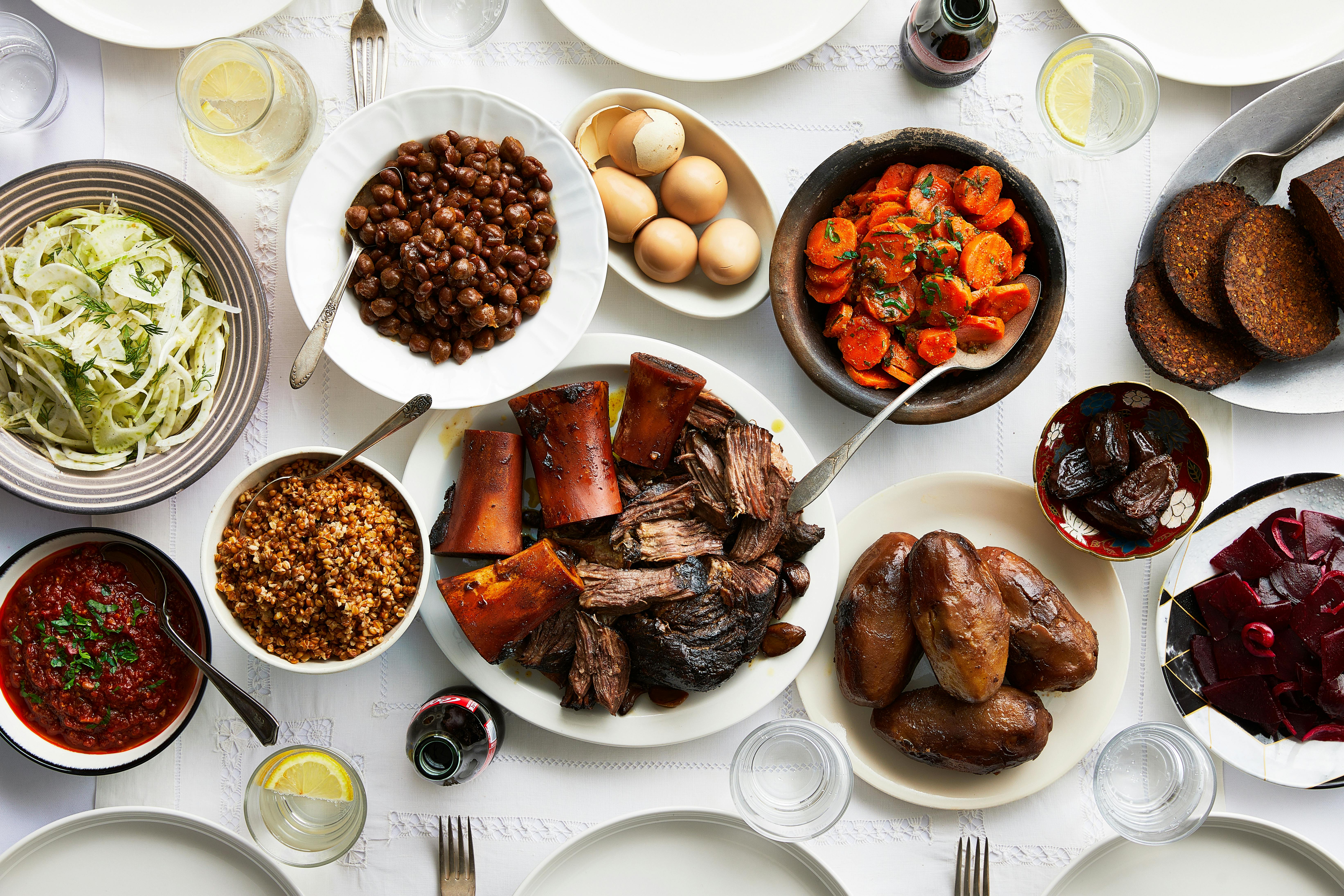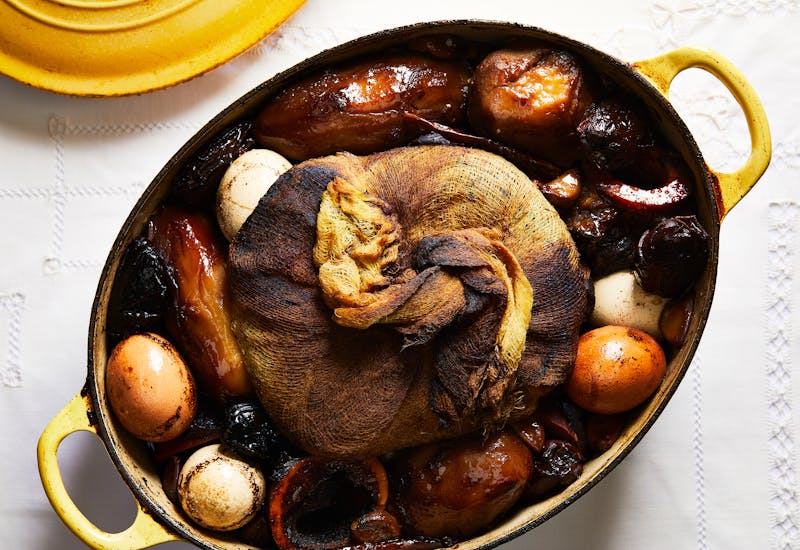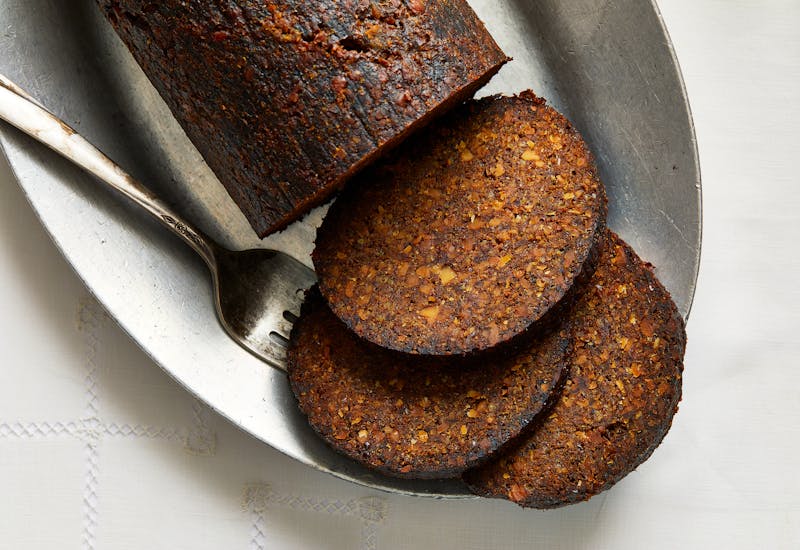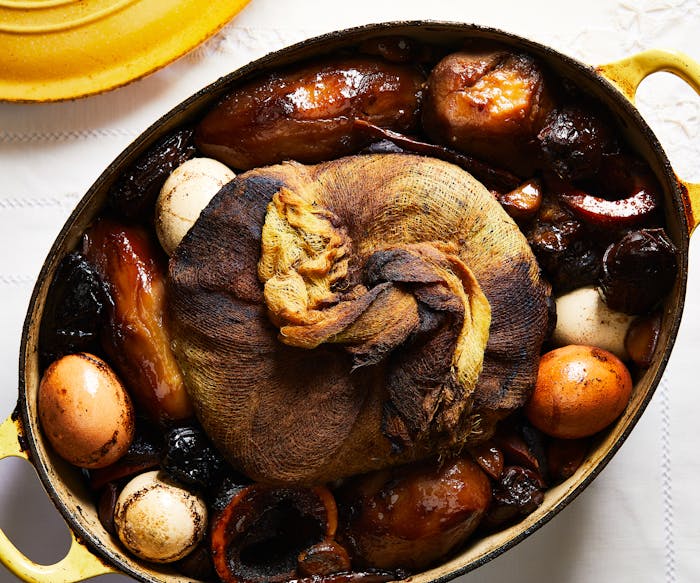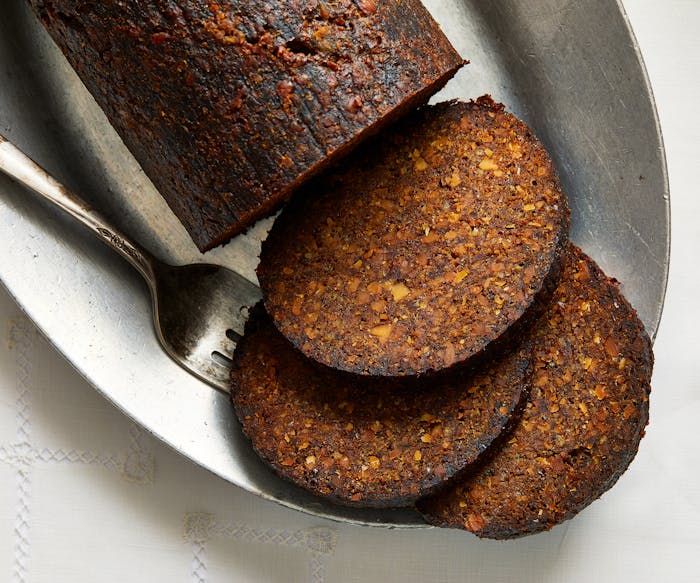Ilanit Israeli Nagar didn’t plan to be a cooking blogger or Instagrammer. In Israel, where she was born and raised, she taught Torah to high school students and when her family moved to the Boston area for her husband’s job a decade ago, she switched to teaching Hebrew at a Jewish day school.
But, as she says, food has always been part of her life. “I have a passion to create things — and my food is my creation,” Ilanit explains. After she moved, her family and friends in Israel told her they missed her cooking. “I realized that everyone remembers me through food,” she adds.
During the pandemic, she encouraged her children to pretend that their home was a restaurant and to place orders for the foods they wanted to try. They gave her dishes ratings and as she cooked more, her kids started to encourage her to become a food blogger, even setting up an Instagram page for her. They called it Cook Not by the Book, referencing her intuitive style of cooking.
But, it took Ilanit some time and a move to San Diego late in the pandemic for her to start sharing her recipes online. Once she did, her following grew quickly. In her new home, Ilanit posts recipes for dishes like crispy chicken schnitzel, her take on her Persian grandmother’s herb omelet kuku sabzi, ube crepe cake, and more.
With the exception of non-kosher dishes, Ilanit says she will make almost anything, but her favorite dish that she always returns to is hamin, or s’china (also spelled shkena) as her Moroccan family calls it. Her recipe is made with chickpeas, beans, wheat berries, tender brisket and marrow bones that are cooked with dried chilis, cumin, and dates.
Growing up, her grandmother Esther made hamin every week — even on the hottest summer Shabbats. “Hamsin hamin,” Ilanit jokes, using the Hebrew word for a heatwave. Her family and cousins would walk to Esther’s apartment, just one flight of stairs up from Ilanit’s great-grandmother Tamar, for the midday Saturday meal.
Born in a village in the Atlas Mountains in Morocco nearly a century ago, Esther moved to Casablanca when she was a young adult, then to Marseilles in France, and finally to Israel after 1948 bringing her hamin tradition with her. Ilanit believes part of the family are Berber Jews — descendants of Jews who settled in the Atlas Mountains nearly 2,000 years ago.
When she was little, Ilanit spent hours watching and helping her grandmother cook, noticing how she prepared her hamin and rolled her couscous by hand. “It was part of my journey,” Ilanit explains. When she’s cooking, she always thinks of her.
But, true to the nickname her kids gave her — a cook, but not by the book — she enjoys adapting her grandmother’s hamin recipe, particularly what goes on top of it. Ilanit’s grandmother used to finish her pot with a meat ‘cake,’ as she called it. A mixture of meat and ground nuts, it’s also known by many other names including ma’amra and kora. In “The Book of Jewish Food,” Claudia Roden explains that there are endless versions of these, “all of them well flavored, rich, and exciting.”
And in a nod to her husband’s Yemenite heritage, Ilanit sometimes puts jachnun dough on top of her hamin instead. Her kids are always curious what will top the hamin pot. “I’m trying to be creative,” Ilanit says.
